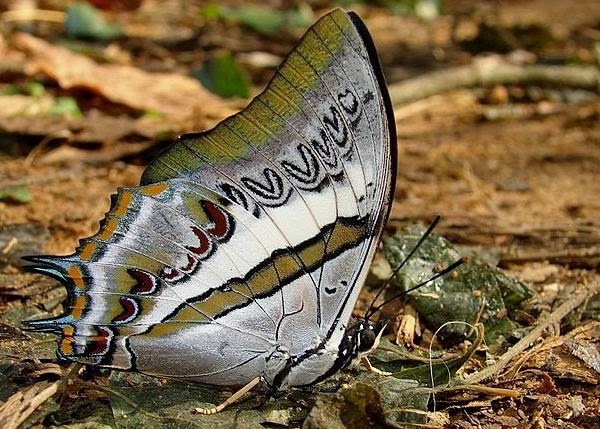 |
| Natural History of Indian Mammalia - Cover |
Accounts of the past, when visited after
hundreds of years, give a new reading every time. The methods will be obsolete
by now, the facts irrelevant, but beyond that, books from the past deliver
valuable lessons. This makes Natural History of the Mammalia of India and
Ceylon Written by Robert A. Sterndale, an interesting read for nature lovers,
even after 130 years of its publication.
Published in 1884, the book is irrelevant now with a faulty taxonomy, obsolete classification and its often unscientific
approach for the present day reader. But as you read on, the actual natural
history insight builds up within you – something beyond the mere academic
interest.
Like similar books written by British
officers who devoted their time to document the natural history of the new
colony alongside discharging their duties, Sterndale’s book also looks at the
natural history of India though the eyes of an outsider. The book details about
almost all mammals found in India and Ceylon based on the works of his
contemporaries like Jerdon and Blyth. Many of the accounts are also based on
author’s own records and collections and from the information collected from
the ‘native ‘shikahris’’ (in the authors parlance).
Reading the book from our times makes a
very different impression. An Indian natural history lover going through the
book now may find it amusing with the details of the mammalian fauna,
especially with the detailed notes on animal behavior.
You may also meet some interesting mammals
which our generation was not lucky enough to see at least once. For instance,
the book records the existence of Malabar Civet Cat, which in our times still keeps its enigmatic status despite
strenuous camera trapping efforts to get a picture at least. It says that
Malabar Civet was once “abundant in Travancore, and found occasionally in the
uplands of Wayanad and Coorg.”
Lessons
for the big game hunting
However, a serious nature lover today may
get annoyed with the author’s perspective which turns the book into a guide for
hunting fanatics. Each animal and its characteristics get a narration through
the eyes of a hunter.
Author’s
description of the Blue Bull suggests a prospective ‘hunter-reader’ how to
handle the animal carefully, so that he doesn’t miss the trophy.
“Although he
is such an imposing animal, the blue bull is but poor shooting, unless when
fairly run down in the open. With a sharp spurt he is easily blown, but if not
pressed will gallop forever. In some parts of India nilgai are speared in this
way. I myself preferred shooting them either from a light double-barreled
carbine or large bore pistol when alongside; the jobbing at such a large
cow-like animal with a spear was always repugnant to my feelings. They are very
tenacious of life. ”
What a merciful, kind hunter, he will not
spear one, but will only shoot to kill.
(Watch a video clip on Nilgai, if you haven't seen one so far)
Tiger?
Good to skin!
Interestingly, the book also points to the
historical perspective of conservation, in a way that it never talks about
that. Tiger which hits headlines everyday for the attempts to keep it on the
face of the earth is never talked upon in that way, but on its measurements and
the quality of skin. For a hunter of 1884, often, the tigers are brute,cunning and dangerous – nothing else.
Well, you may raise a point for defense,
since tigers were aplenty at that time. But it is this inability of those
educated and visionaries in our past generations to look into the future, that
pushed other creatures (and humans too) to the brink of an imminent extinction.
Unfortunately we are also following their path, making the planet unsafe for
our forthcoming kids.
Makes
interesting read
The book will interest two types of
readers, one -nature lovers who want to understand about the fauna of the
country in the past, two -those who want to have a glimpse of the older times
to get amused. But if you are home grown green terrorist, you may throw it away
at once.
However, most of the taxonomic
classification system used in the book has changed now. Many of the names and
species are now confirmed as just synonyms or situations of mistaken identity.
Despite these drawbacks brought by time, it
still holds significance in many ways. Being a major work on documenting the
mammalian fauna of the country, it is rich with distribution records and
similar information which may help any student of biodiversity today.
But the actual significance of the book
lies in developing a good insight on natural history, to its present reader. It
helps to understand how the fauna of the country was looked upon as something
to devour on and how such a perspective lead us to the present point. May be
that is the best lesson on natural history to look for, in this book. It keeps
it relevant beyond the times.
Now, Read the book here.



.jpg)

